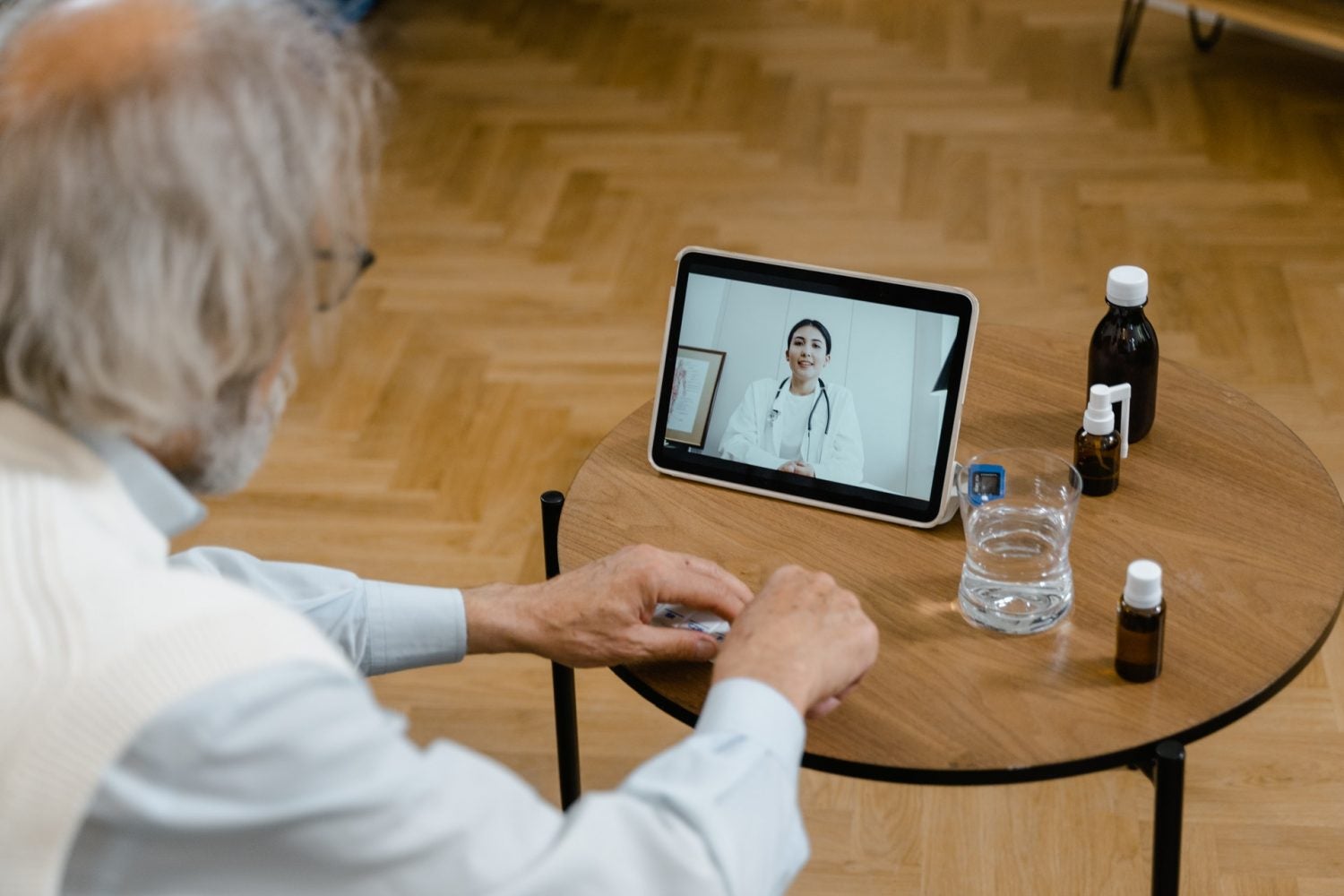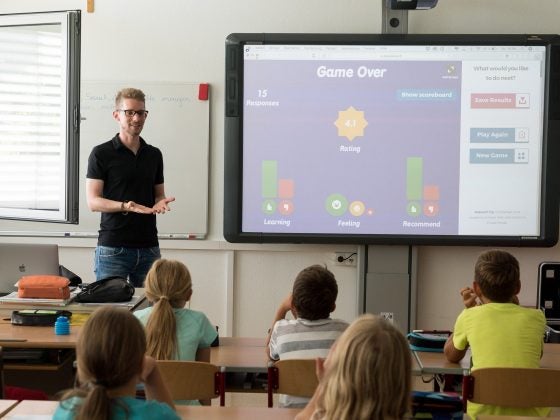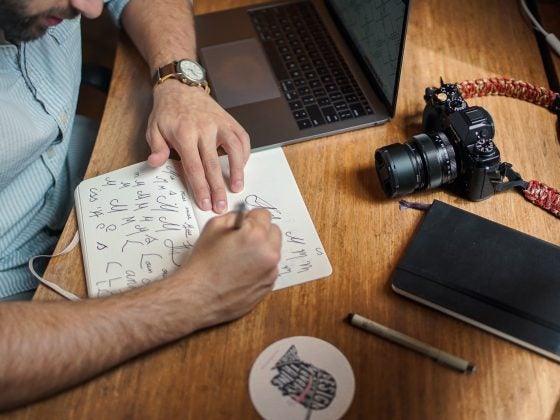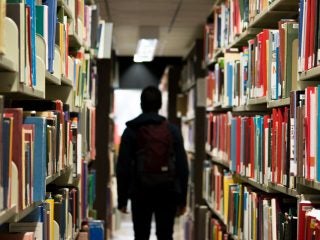Remote learning is the new normal in the education sector. As schools attempt to maintain social distancing, students are forced to stay home. Learning is now taking place through gadgets.
The traditional model of learning involved attending physical campuses. Teachers stood in front of the class to deliver their lessons. Students had their peers in class and break sessions to interact. Get professional custompaperhelp.com to boost your grades and make learning easier.
The new mode of learning is presenting a myriad of challenges. The challenges affect the quality of learning besides interfering with the traditional idea of education acquisition.
Parents can complain of having to leave children at home because they are studying online. Students on the other hand cannot be with friends and peers. Teachers are unable to engage directly with learners and assess learning outcomes as they previously did.
Isolation
Isolation is the biggest challenge facing students, teachers, and administrators in the new education normal. One of the reasons technology was not fully embraced before the Covid-19 pandemic was the fact that it isolated the teacher from his students. Close contact has helped teachers over the years to gauge how well a student is following the lesson. He can judge from facial expressions that a student has understood or not understood a concept.
Distance learning does not offer physical contact. As a result, the teacher might not tell whether the student understood a concept. He has to wait until exam time to assess the student. It might be too late to correct a misunderstanding or fill an information gap.
Isolation has taken away the bond between the teacher and his students. Students have been known to love subjects because of teachers. When the teacher demonstrates a concept in class, his physical actions, body language, and gestures, all contribute to better understanding. With isolation, all these elements are missing.
Learning is now feeling like a mechanical exercise. A student feels as though he is watching a video that could have been recorded anywhere. The technology interphase made it difficult to engage fully with the teacher. For students who prefer physical presence, learning has suffered a great deal.
Lack of collaborative learning
One of the ripple effects of isolation is the lack of collaborative learning. Students need to work on collaborative projects as part of learning outcomes. They understand the value of pulling resources and forming teams. This privilege is taken away by isolation and remote learning.
Collaborative learning is crucial in instilling the need for teamwork in students. In its absence, students are left to depend on technology to interact. However, the collaboration apps do not provide as much room as meeting physically to work on an assignment.
The school environment is not only meant for academic studies. It helps students to develop social skills. Once the students cannot meet on campus, bonds that should have been built while the students were in college are broken.
Inability to handle learning materials alone
Each student is a resource to his peers. It explains the insistence on forming study groups and sharing learning materials. As the students discuss lessons and assignments, they exchange ideas for easier understanding. With isolation, each student is left on his own.
The difficult concepts and learning materials appear tougher when a student is learning alone. A student is left to rely on lifeless technology for academic help. The benefits that come with collaborative learning are lost.
The greatest challenge with the new mode of learning is in isolation. Students left on their own have reduced learning opportunities that will spill into their outcomes. As technology tries to bridge the isolation gap, the current crop of students has to bear with the challenge of isolation.


















